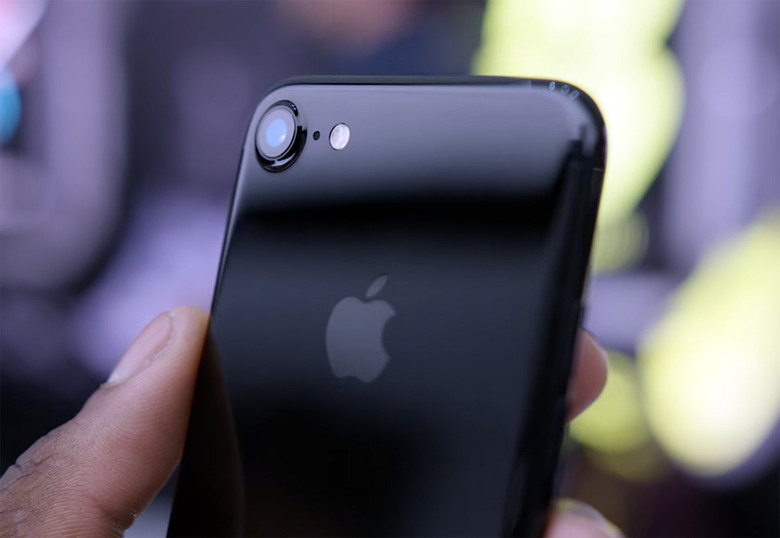This Is Why Your iPhone 7's Battery Might Die In A Year
There's a new battery issue plaguing various models of Apple's phone, including the iPhone 6s. Though we should expect Apple to investigate and fix the bug that causes unexpected shutdowns even when the battery is more than 30% full, users should also understand how these iPhone batteries work. Just like any other battery, they age. The more you use them — and phones do need constant charging — the more likely the battery is to degrade. In fact, even if you buy a brand new iPhone 7 right now, you might still run into battery issues a year from now.
DON'T MISS: There's a fix for your iPhone 6s' serious battery drain, but you might not like it
Although Apple is currently offering a free battery replacement program for the iPhone 6s, the severe battery draining bug affects other iPhones as well, including the iPhone 6 and iPhone 5s. In order to understand why this happens, you should watch a new video from Business Insider that perfectly illustrates how a Lithium-ion battery works, and explains why you can expect its maximum capacity to drop over time.
It's the actual components of the battery that cause the problem. The chemical reaction inside the battery is what makes it tick. But it's also responsible for its demise. The more battery charging cycles you put it through, the more likely you are to drop the maximum theoretical charge.
Basically, Lithium ions build up over time and cripple battery life.
Given that you charge your iPhone almost every day, you're likely to get more than 300 cycles a year. Maybe significantly more than that. And a mobile battery will drop 20% in charge after 400 cycles, the video explains. The fact that the battery is relatively small doesn't help either.
So in about a year after you buy the brand new iPhone 7, or any other smartphone with a similar battery consumption cycle, you might experience battery issues.
Check out Business Insider's video at the source link below.
